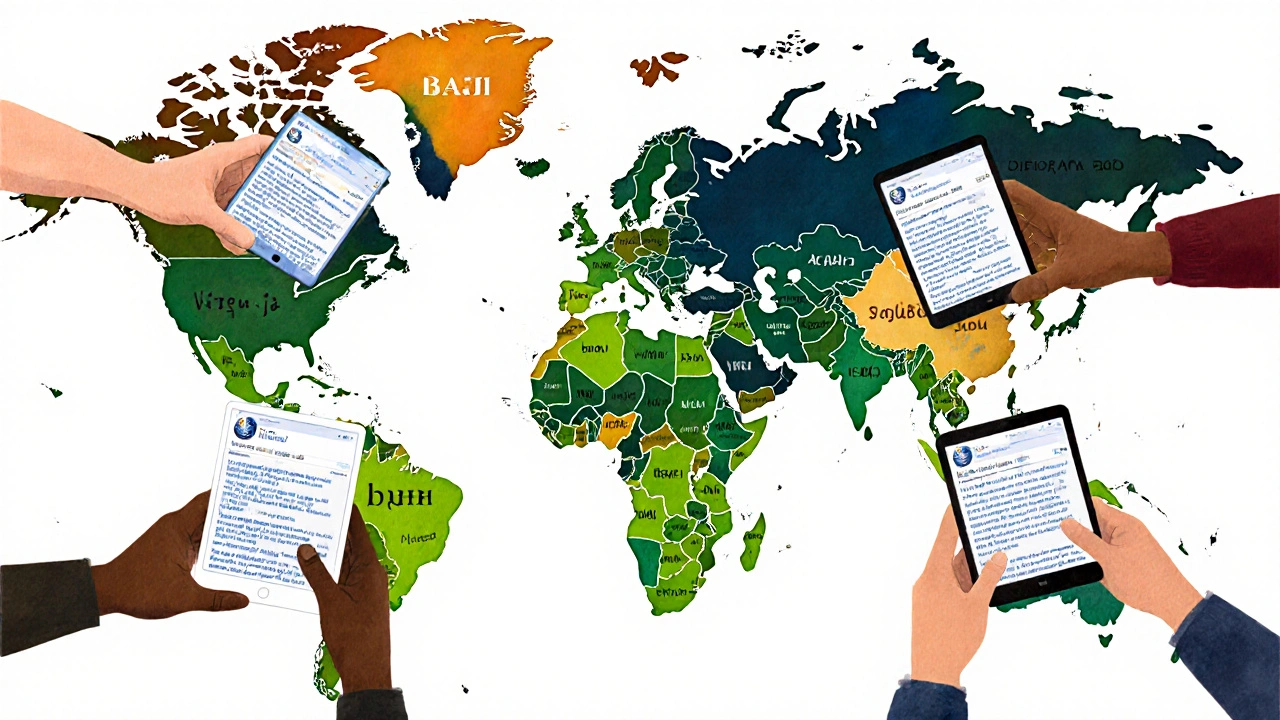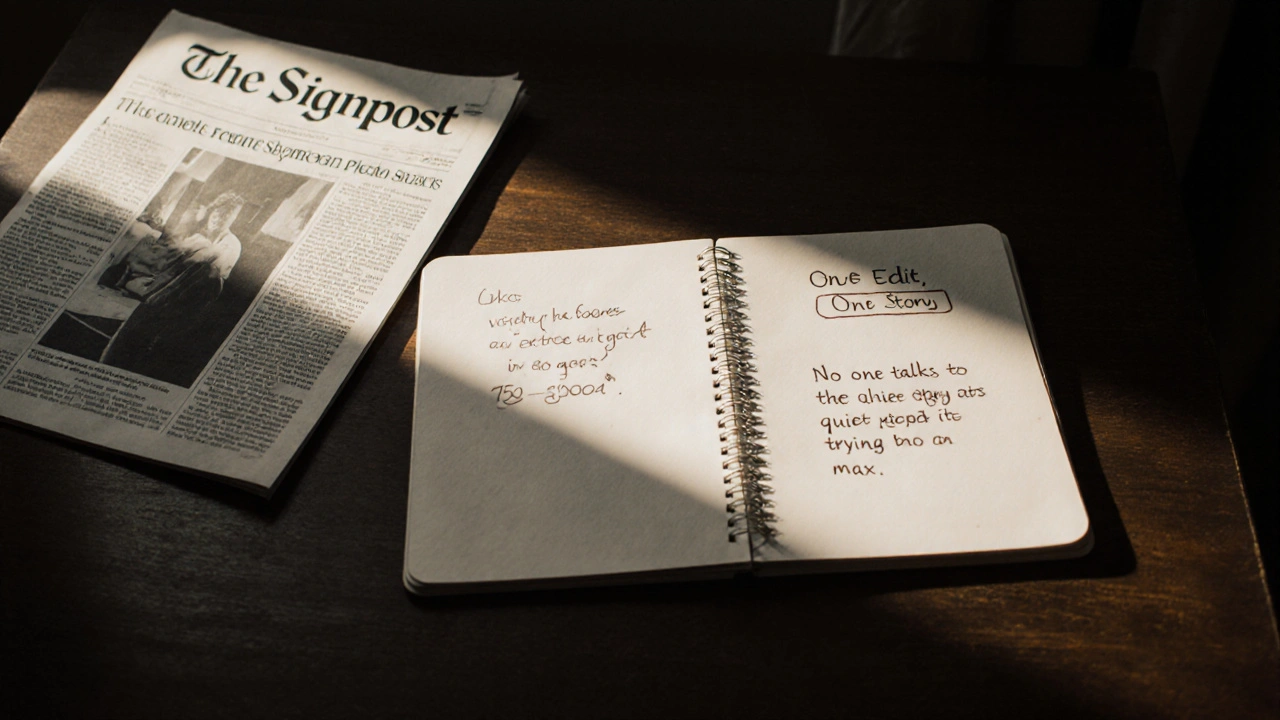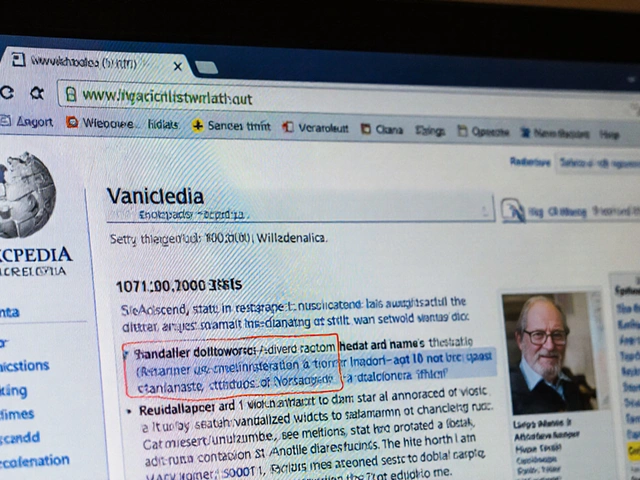
Every week, thousands of Wikipedia editors and readers open The Signpost-Wikipedia’s own newspaper-to see what’s happening behind the scenes. It’s not just about edits and policies. It’s about the people. The debates. The burnout. The breakthroughs. And for years, the community has been asked: What do you really think?
What The Signpost Is (And Isn’t)
The Signpost isn’t a press release. It’s not official Wikipedia policy. It’s a volunteer-run newsletter, written by editors for editors, since 2005. It covers everything from new tools and arbitration cases to controversial deletions and editor shortages. You won’t find celebrity gossip here. But you will find real stories-like how a single article on a small-town mayor sparked a 6-month editing war, or how a new bot accidentally deleted 12,000 user talk pages in one night.
It’s read by about 15,000 people each week. Most are active Wikipedia editors. A smaller group are researchers, journalists, or just curious regular users. And for the last three years, The Signpost has run a quarterly survey asking readers: What’s working? What’s broken? What should change?
The 2025 Survey: 1,842 Responses, One Big Message
The latest survey, closed in September 2025, got 1,842 responses. That’s the highest turnout since 2021. The questions were simple: rate your satisfaction with The Signpost on a scale of 1 to 5, and answer open-ended prompts.
Here’s what stood out:
- 87% said they read The Signpost at least once a week.
- 72% said it helped them understand Wikipedia’s internal culture better.
- Only 34% felt the newsletter covered enough about editor mental health and burnout.
- 61% wanted more coverage of non-English Wikipedia communities.
- 58% said they’d read more if articles were shorter-under 800 words.
One respondent wrote: “I used to skip The Signpost because it felt like a club newsletter for veteran editors. Now I read it because it finally talks about the newbies who are quitting.”
What Readers Want More Of
The top three requests from survey respondents were clear:
- More global perspectives-not just English Wikipedia. Editors from India, Nigeria, Brazil, and Indonesia said they rarely see their communities reflected. One user from Jakarta shared how a local dispute over a historical monument was ignored by The Signpost, even though it triggered 3,000 edits across three language versions.
- Shorter, sharper articles-many said they skimmed or skipped long pieces. The average article length dropped from 1,400 words in 2022 to 950 words in 2025 after feedback. Still, readers want it even tighter.
- Real stories, not just summaries-readers crave personal accounts. One popular 2024 piece followed a new editor who spent six months trying to fix misinformation about a local river. It got 12,000 reads. The editor later said it was the first time anyone outside their city acknowledged their work.

What’s Missing
There’s a quiet gap in The Signpost’s coverage: the people who left.
Survey responses showed that 41% of former regular readers stopped because they felt “overwhelmed” or “unheard.” Some said the tone was too combative. Others said the newsletter didn’t explain why certain decisions were made.
One anonymous comment said: “I used to love The Signpost. Then I started editing and realized it made Wikipedia look like a warzone. No one talks about the quiet people trying to do good.”
That’s a problem. Wikipedia’s survival depends on retaining new editors. If The Signpost only highlights drama, it risks reinforcing the myth that Wikipedia is hostile-when, in fact, most edits are quiet, helpful, and anonymous.
How The Signpost Is Changing
Based on the survey, the editorial team made three changes in October 2025:
- New section: “Voices from the Edges”-weekly short profiles of editors from underrepresented regions. The first was a 19-year-old student in Lagos who started translating Wikipedia articles into Yoruba.
- “One Edit, One Story”-a new feature highlighting a single edit that made a difference. No drama. Just a quiet fix: correcting a date, adding a source, fixing a broken link.
- Reduced average article length-articles now cap at 750 words. If a topic needs more, it’s split into a two-part series.
They also started publishing survey results publicly. Not just in graphs, but in quotes. Real quotes. No anonymization beyond removing names and locations. That’s new.

Why This Matters
The Signpost isn’t just news. It’s a mirror. It shows Wikipedia’s soul-its chaos, its care, its contradictions.
When readers say they want more global stories, they’re asking for Wikipedia to stop being seen as an English-language project with a few international add-ons. When they ask for shorter pieces, they’re saying they’re tired of sifting through noise to find meaning.
And when they say they want to hear from quiet editors-the ones who fix typos, update references, or translate articles late at night-that’s the heartbeat of Wikipedia. Not the fights. Not the drama. The daily, unseen work.
The Signpost is learning to listen. And for the first time in years, the community feels like it’s being heard.
What’s Next
The next survey opens in January 2026. The team is testing a new format: a 5-minute audio summary of each issue, narrated by a different editor. They’re also exploring partnerships with university research groups to analyze survey responses with AI-but only if it doesn’t replace human voices.
One thing’s certain: The Signpost won’t become a polished corporate blog. It’s still messy. Still human. Still run by volunteers who care more about truth than traffic.
And that’s why it still matters.
Who writes The Signpost?
The Signpost is written entirely by volunteer Wikipedia editors. There are no paid staff. The editorial team rotates every few months, with new writers nominated by the community. Most contributors have been editing Wikipedia for five years or more. They write in their free time, often after work or late at night.
Is The Signpost affiliated with the Wikimedia Foundation?
No. The Signpost is completely independent from the Wikimedia Foundation. It does not receive funding from them. It doesn’t follow their official statements. It’s a community project, funded by reader donations and run under Wikipedia’s own policies. The Foundation sometimes links to it, but they don’t control its content.
Can I submit an article to The Signpost?
Yes. The Signpost accepts submissions from any registered Wikipedia editor. They have a public submission page where you can pitch ideas or draft full articles. Most accepted pieces come from editors who’ve been active for at least six months. New contributors are encouraged to start with short pieces-under 500 words-on topics they know well.
Why doesn’t The Signpost cover more recent events?
It does-but not always immediately. The Signpost prioritizes context over speed. A breaking news story might be covered in a few days, but only after editors have verified facts, gathered multiple perspectives, and checked for bias. This makes it slower than mainstream news, but more reliable. Many readers say that’s exactly why they trust it.
How often is The Signpost published?
The Signpost is published weekly, every Thursday, Eastern Time. There are no breaks for holidays. Even during major events like the U.S. elections or global crises, the team still publishes-though sometimes with fewer articles. They’ve only missed two issues since 2005: one during a server outage, and one when the entire editorial team took a collective mental health day.




